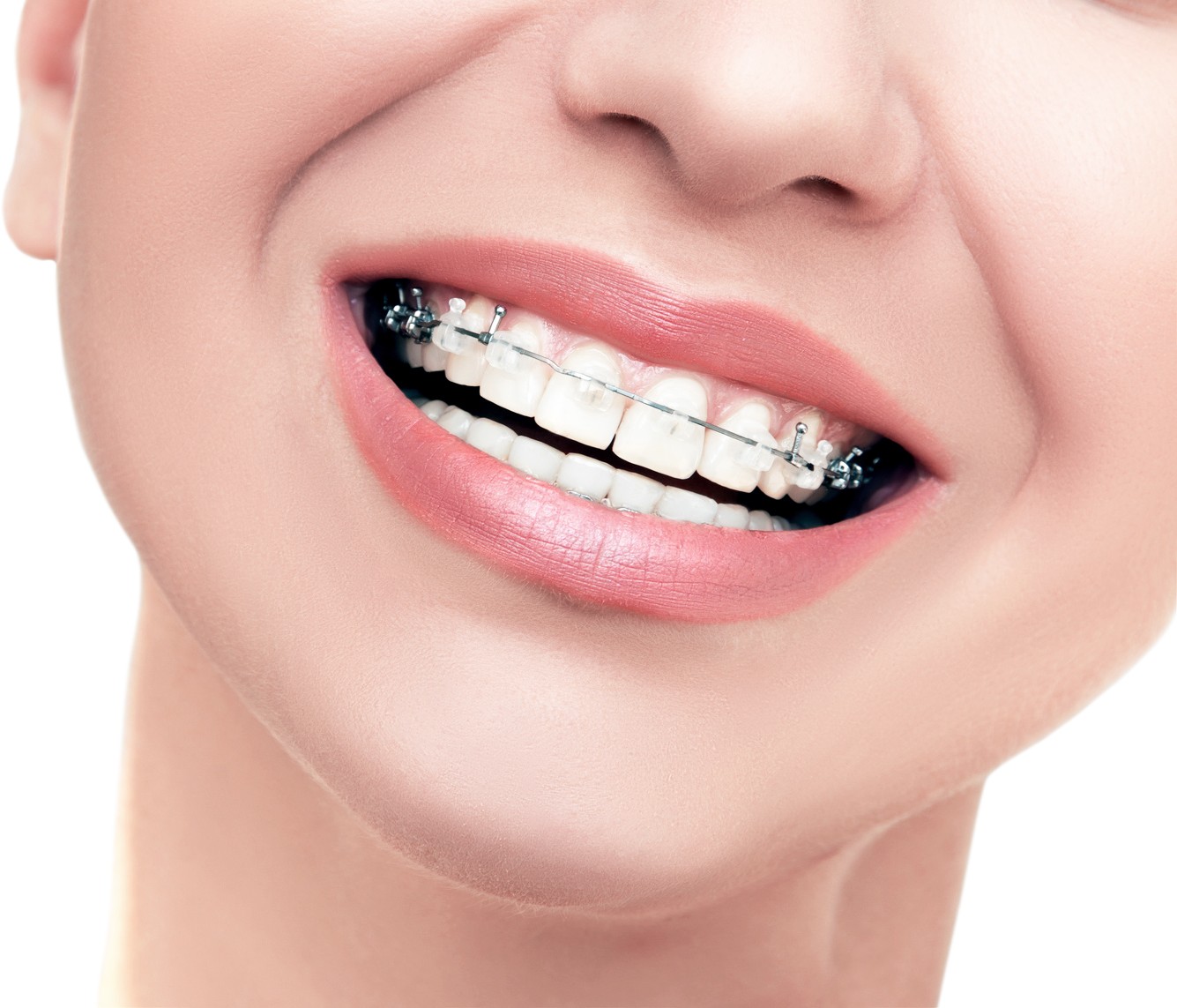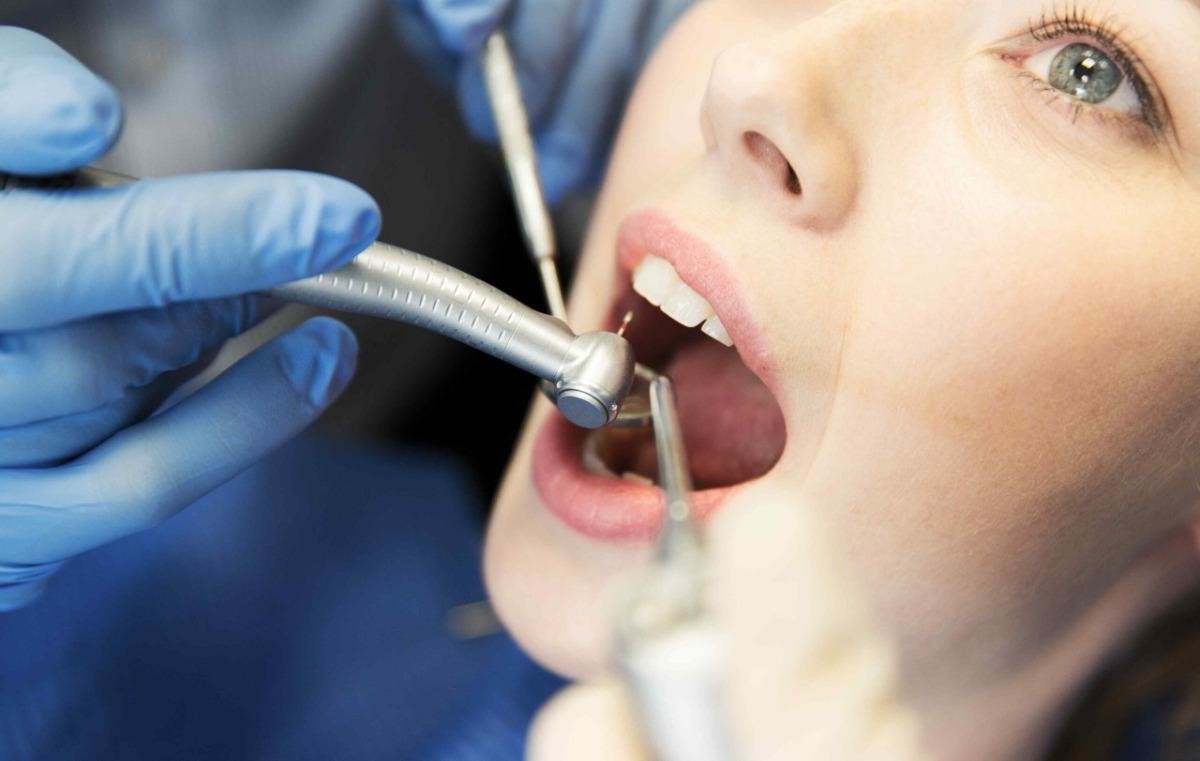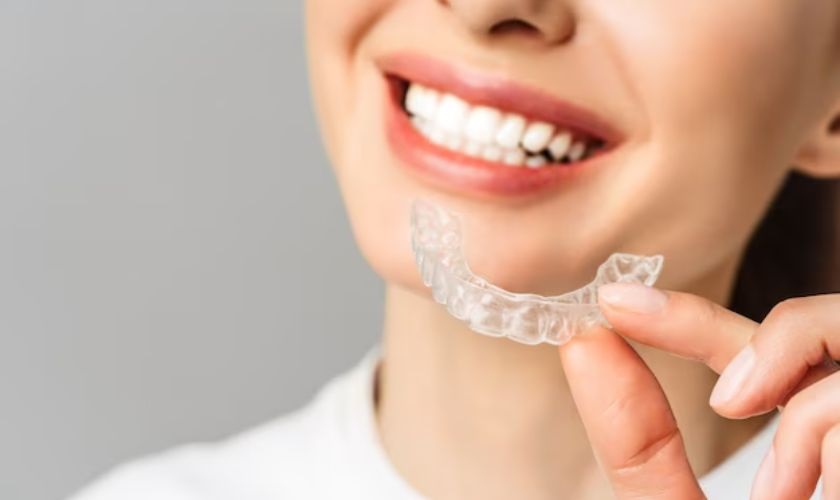When it comes to orthodontic treatment, one of the most significant decisions you’ll face is choosing between metal and ceramic braces. Both options have their own advantages and disadvantages, and understanding them can help you make an informed choice about your dental health. In this article, we’ll explore the pros and cons of metal and ceramic braces to help you decide which option is best for your needs.
Understanding Braces
Braces are devices used to correct misaligned teeth and jaws. They work by applying continuous pressure over time to gradually shift teeth into their proper positions. Both metal and ceramic braces green bay serve this fundamental purpose, but they do so with different materials and aesthetics.
Metal Braces
Pros of Metal Braces
- Durability and Strength: Metal braces are made from high-quality stainless steel, making them incredibly strong and durable. They can withstand the rigors of everyday life, making them a reliable choice for patients of all ages.
- Effectiveness: Metal braces are highly effective at treating a wide range of orthodontic issues, including severe misalignment. Their strength allows orthodontists to apply more force to the teeth, which can lead to quicker treatment times in some cases.
- Cost-Effective: Generally, metal braces are less expensive than ceramic braces. If you’re on a budget, metal braces may be the more economical choice without sacrificing quality or effectiveness.
- Fewer Breakages: Due to their robust construction, metal braces are less likely to break or become damaged during treatment. This means fewer visits to the orthodontist for repairs.
Cons of Metal Braces
- Aesthetic Concerns: One of the most significant drawbacks of metal braces is their appearance. Many patients, particularly teenagers and adults, prefer a more discreet option, as metal braces can be quite noticeable.
- Discomfort: Some patients report that metal braces can cause more discomfort than ceramic braces, particularly after adjustments. The wires can irritate the inside of the mouth, leading to soreness.
- Dietary Restrictions: Patients with metal braces may need to avoid certain foods, such as hard candies, popcorn, and chewy foods, which can damage the brackets and wires.
Ceramic Braces
Pros of Ceramic Braces
- Aesthetically Pleasing: One of the biggest advantages of ceramic braces is their appearance. Made from tooth-colored or clear materials, they blend in more with the natural color of your teeth, making them a popular choice for adults and older teens who want a less noticeable option.
- Less Irritation: Ceramic braces are generally smoother than metal braces, leading to less irritation in the mouth. Many patients find them more comfortable, especially during the initial adjustment period.
- Effective for Mild to Moderate Cases: Ceramic braces are effective for treating mild to moderate orthodontic issues. They can provide excellent results for many patients without the need for more aggressive treatments.
Cons of Ceramic Braces
- Fragility: While ceramic braces are aesthetically pleasing, they are also more fragile than their metal counterparts. They can break more easily, which may require additional visits to the orthodontist for repairs.
- Cost: Ceramic braces tend to be more expensive than metal braces. If you’re considering this option, it’s essential to discuss the potential costs with your orthodontist and check if your insurance plan covers them.
- Staining: Ceramic brackets can stain over time, particularly if you consume foods or beverages that are dark in color, like coffee or red wine. Maintaining proper oral hygiene is crucial to prevent discoloration.
Making the Decision
When deciding between metal and ceramic braces, consider your individual needs and preferences. Here are some factors to help guide your decision:
- Aesthetic Preference: If having a discreet option is important to you, ceramic braces may be the better choice. However, if you prioritize durability and effectiveness, metal braces might be more suitable.
- Budget: Evaluate your budget and consider how much you are willing to spend on orthodontic treatment. Metal braces are often the more affordable option.
- Orthodontic Needs: Discuss your specific orthodontic needs with your orthodontist. They can help you determine which type of braces is most appropriate for your situation.
- Comfort: Consider your comfort level with each type of braces. If you have a low pain tolerance, you may prefer the smoothness of ceramic braces over metal.
Conclusion
Both metal and ceramic braces have their pros and cons, and the right choice ultimately depends on your personal preferences, budget, and orthodontic needs. Metal braces are durable and cost-effective, making them a practical choice for many patients. On the other hand, ceramic braces offer a more aesthetically pleasing option, but they come with a higher price tag and potential fragility.
To ensure the best results, consult with your orthodontist to discuss which option aligns with your goals and lifestyle. Whichever choice you make, the important thing is to stay committed to your treatment plan and maintain good oral hygiene throughout your orthodontic journey. With the right braces, you’ll be on your way to achieving the smile you’ve always wanted






